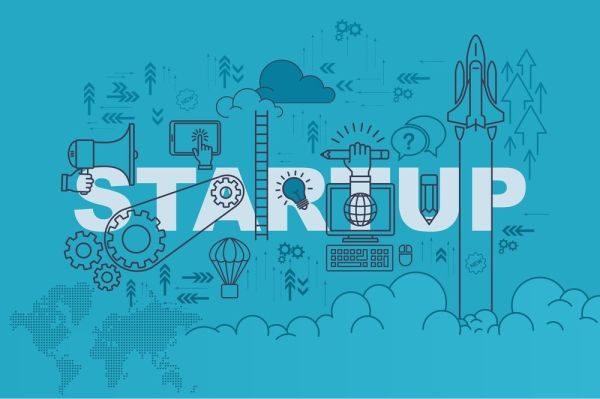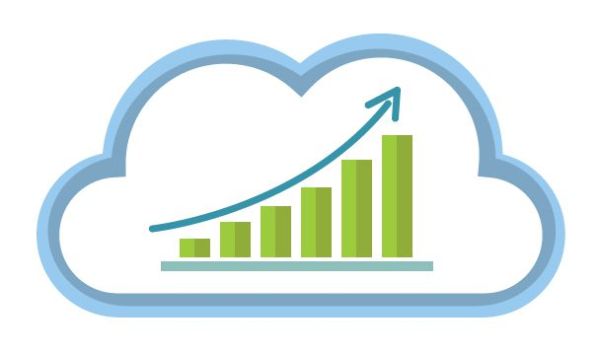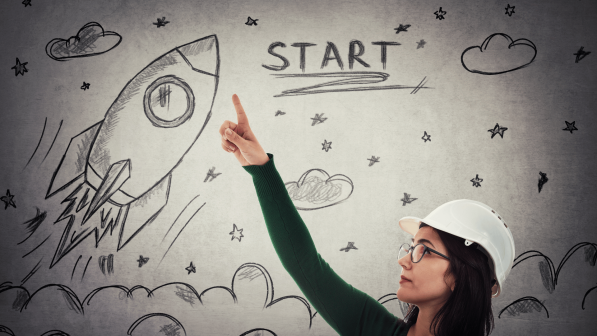Introduction
In the dynamic realm of startups, where uncertainty is the norm and challenges are aplenty, the role of a product engineer emerges as a beacon of stability and innovation. As the driving force behind product development, a product engineer plays a crucial role in navigating the storms that often accompany the journey of a startup. In this comprehensive exploration, we delve into the multifaceted responsibilities and strategic contributions of a product engineer, examining how their expertise shapes the destiny of fledgling ventures.
The Startup Landscape: A Turbulent Terrain
Starting a startup is like sailing through rough waters—each wave brings a new challenge, and every gust of wind can change your direction. It’s a wild ride, full of surprises and obstacles that require resilience, creativity, and smart thinking. Let’s take a closer look at the challenges startups deal with and how product engineers play a crucial role in navigating through it all.
1. The Startup Challenge
Launching a new venture is a courageous leap into the unknown, where the path ahead is shrouded in uncertainty. Startups grapple with a host of challenges, ranging from securing initial funding and establishing a compelling brand identity to navigating rapidly shifting market dynamics. In this ever-changing terrain, the role of a product engineer emerges as pivotal. Tasked with transforming innovative ideas into tangible products, product engineers serve as the architects of a startup’s success, bridging the gap between vision and reality.
2. Adaptability and Agility
The hallmark of a successful startup lies in its ability to adapt and pivot swiftly in response to evolving circumstances. Startups operate in a dynamic environment where market trends can shift in an instant, and unforeseen obstacles can arise unexpectedly. In such turbulent waters, adaptability and agility are paramount. Product engineers play a central role in this endeavor, serving as the linchpins of innovation and rapid iteration. With their expertise in translating conceptual ideas into functional prototypes and scalable products, product engineers empower startups to navigate choppy waters with confidence and resilience.
3. Resource Constraints
Resource constraints are a common reality for startups, whether it’s limited funding, a lean team, or tight deadlines. In the face of such challenges, product engineers must navigate these constraints creatively, finding innovative solutions and optimizing processes to deliver high-quality products efficiently. By leveraging their technical skills, strategic mindset, and resourcefulness, product engineers help startups overcome obstacles and chart a course toward success, even when the winds are unfavorable.

The Crucial Responsibilities of a Product Engineer
So, you wanna know what it’s like to be a product engineer, huh? Well, that’s a role that blends creativity with technical expertise to bring concepts to life. So, grab your coffee, make yourself comfortable and let’s take a closer look at what goes on behind the scenes.
1. Crafting Ideas into Reality: Prototyping and Design
When it comes to transforming concepts into something tangible, product engineers are the unsung heroes. From the initial brainstorming sessions to sketching out prototypes, they’re the ones responsible for bridging the gap between imagination and reality. Prototyping isn’t just about creating a physical model—it’s about testing and validating ideas to ensure they’re feasible and functional. And let’s not forget about design optimization. Collaborating closely with designers, product engineers ensure that the final product not only looks sleek but also performs flawlessly.
2. Technical Expertise: The Engineering Core
Behind every successful product lies a solid foundation of technical know-how. Product engineers are the architects of this foundation, laying down the groundwork for how the product will function. From mapping out system architectures to diving into the nitty-gritty of coding and development, they’re the ones turning lines of code into functional features. But it doesn’t stop there. Rigorous testing and quality assurance are crucial steps in the process, ensuring that the product meets the highest standards of reliability and performance.
3. Collaboration and Communication
Product engineers work hand-in-hand with designers, developers, marketers, and clients to bring ideas to fruition. Whether it’s brainstorming sessions with the design team or client meetings to gather feedback, effective communication is essential. Product engineers must be able to translate technical jargon into layman’s terms, ensuring that everyone is on the same page.
4. Iterative Development: Embracing Feedback Loops
Innovation is at the heart of product engineering. Embracing agile methodologies, product engineers facilitate iterative development, allowing for continuous improvement based on feedback. User feedback is especially valuable, guiding enhancements and refinements to ensure that the product evolves with the needs of its users. It’s all about staying adaptable and responsive in an ever-changing landscape.
So, there you have it—a glimpse into the life of a product engineer. It’s a role that demands a unique blend of creativity, technical prowess, and collaboration. From crafting prototypes to fine-tuning code, product engineers play a vital role in shaping the products we use every day. And while the journey may be challenging, the satisfaction of seeing an idea come to life makes it all worthwhile.
Strategies for Navigating Startup Storms
Alright, so you’ve decided to ride the startup wave, huh? Well, get ready for a wild ride! But don’t worry, We’ve got some strategies to help you keep your head above water:
1. Prioritization and Focus
MVP Approach: Adopting a Minimum Viable Product (MVP) approach helps in focusing on core functionalities, delivering a functional product quickly, and gathering user feedback for future iterations. Ever heard of the “keep it simple” mantra? That’s what the MVP approach is all about. Focus on the bare essentials, get your product out there, and gather feedback like a boss.
Roadmap Planning: A product engineer collaborates with the leadership team to create a roadmap that aligns with the startup’s strategic objectives. Prioritizing features based on business impact is crucial for resource optimization. Think of your roadmap like a treasure map—it guides you to your startup’s ultimate booty. Sit down with the bigwigs and map out your journey, prioritizing features like a pro.
2. Scalability Considerations
Future-Proofing: Anticipating future scalability challenges, a product engineer designs the system architecture with scalability in mind. This ensures that the product can handle increased demand and growth. By adopting a forward-thinking approach, product engineers contribute to the long-term success of the product, preparing it to seamlessly adapt and evolve with the changing needs of the market and technological landscape. You wouldn’t set sail without a sturdy ship, right? Same goes for your product. Design it with scalability in mind, so it can handle whatever storms come your way.

Technology Stack Evaluation: Regularly evaluating the technology stack ensures that the startup is leveraging the latest advancements. This proactive approach minimizes technical debt and enhances long-term scalability. Keep an eye on your tech stack—make sure it’s up to snuff with the latest and greatest. Stay ahead of the curve and avoid getting stuck in a tech rut.
3. Risk Mitigation and Contingency Planning
Risk Assessment: Identifying potential risks, whether technical, market-related, or operational, is a proactive responsibility of a product engineer. This involves thorough risk assessment and devising contingency plans. By systematically evaluating potential challenges and formulating mitigation strategies, product engineers contribute to the startup’s ability to navigate uncertainties, promoting a more resilient and risk-aware approach to product development.
Crisis Response: In the face of unexpected challenges or crises, a product engineer is instrumental in formulating rapid response strategies. This adaptability is crucial for steering the startup through unforeseen storms.
4. Cultivating a Culture of Innovation
Continuous Learning: Encouraging a culture of continuous learning is vital. Product engineers stay abreast of technological advancements, industry trends, and emerging best practices, infusing innovation into the product development process.
Hackathons and Ideation Sessions: Periodic hackathons and ideation sessions provide a platform for creativity. These events foster a culture where new ideas are celebrated, contributing to a dynamic and innovative product roadmap.
Case Studies: Exemplifying the Impact of Product Engineering in Startups
When it comes to illustrating the power of product engineering in startups, real-life examples speak volumes. Let’s dive into a few case studies that showcase how product engineering has fueled the success of some of the biggest names in the game:
1. Airbnb: Transformative Product Iterations
Airbnb’s journey to the top isn’t just about offering cozy stays—it’s about constantly evolving to meet user needs. Product engineers at Airbnb are like detectives, always on the hunt for user feedback. This feedback loop drives transformative updates that keep Airbnb ahead of the curve in the ever-changing world of travel.
2. Slack: Iterative Development and User-Centric Features
Slack’s journey to becoming a communication powerhouse is marked by iterative development and a commitment to user-centric features. Product engineers at Slack prioritize features based on user needs, ensuring the platform remains intuitive and indispensable.

Slack didn’t become everyone’s favorite workplace chat app overnight—it took some serious product engineering finesse. Engineers at Slack have a knack for listening to users and prioritizing features that matter most. By staying laser-focused on user needs, Slack has become the go-to platform for seamless communication.
3. Stripe: Scalability and Technical Innovation
Stripe’s meteoric rise in the fintech world isn’t just luck—it’s a testament to their focus on scalability and technical innovation. Product engineers at Stripe have built a platform that can handle the heavy lifting of online payments with ease. Their commitment to staying ahead of the curve has made Stripe the go-to choice for businesses of all sizes.
These case studies prove that when it comes to startup success, product engineering is the secret sauce. By listening to users, prioritizing innovation, and staying ahead of the curve, startups can pave the way for a bright future in any industry.
The Future of Product Engineering in Startups
As startups navigate the ever-changing landscape of business, the role of a product engineer becomes increasingly vital. The fusion of technical expertise, adaptability, and a collaborative mindset positions product engineers as architects of innovation and resilience. In the future, as technology continues to advance, product engineers will play a central role in shaping the destiny of startups, steering them through the intricate challenges and opportunities that lie ahead. Their multifaceted contributions are poised to define the trajectory of success for startups in a dynamic and evolving business environment.
Related Posts





